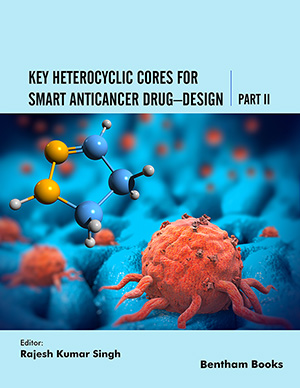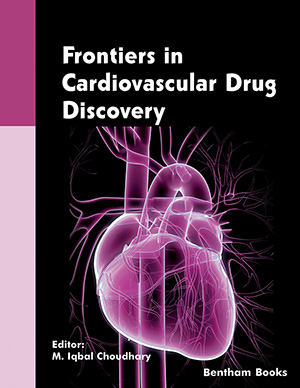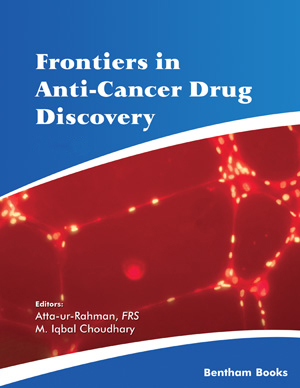
Abstract
For centuries a quest has been going on for the “holy grail” in respiratory medicine: a treatment for numerous devastating chronic lung disorders. Yet, it is only a decade ago that pharmacological interference with the activation of the innate immune system by a macrolide antibiotic silently moved into everyday clinical practice. Macrolides, with their unique molecular structure built around a lactone ring, are now known to target harmful exaggerated innate immune responses. However, not all chronic lung conditions benefit from macrolide therapy and interestingly, neither do all patients with an apparently identical chronic lung disease. A subgroup of ‘responders’ seems to display a single specific phenotype that can be recognized in the various lung conditions and that seems to be related to inflammatory responses with a predominant innate immune system component. Recently we have contributed to the introduction of macrolide therapy in lung transplantation medicine. Also we attempted to analyse this phenotype by describing its clinical, immunological, histological and radiological characteristics. The aim of this manuscript is to review the use of macrolides in the respiratory field and to apply the macrolide-responsive phenotype beyond the setting of lung transplantation and other conditions in which macrolides have been successful. The description of this “universal” macrolide-responsive phenotype can both help rationalize macrolide therapy in respiratory disorders, in which its benefit is already well-known, as well as promote the use of this treatment in respiratory conditions of unknown etiology but with a “macrolide responsive phenotype”.
Keywords: Azithromycin, chronic respiratory disorders, inflammation, interleukin, macrolides, neutrophils
 16
16






















